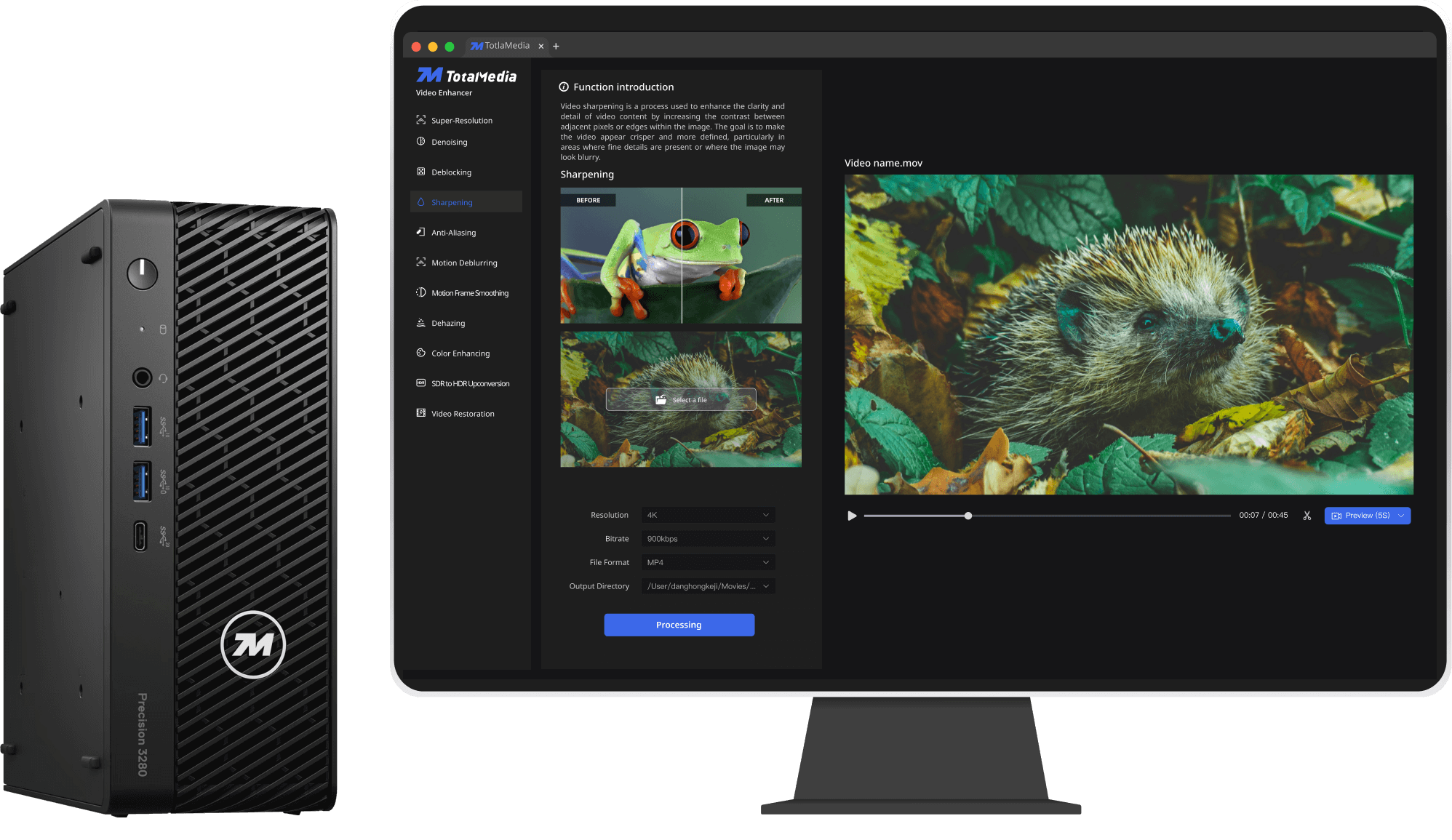
Features
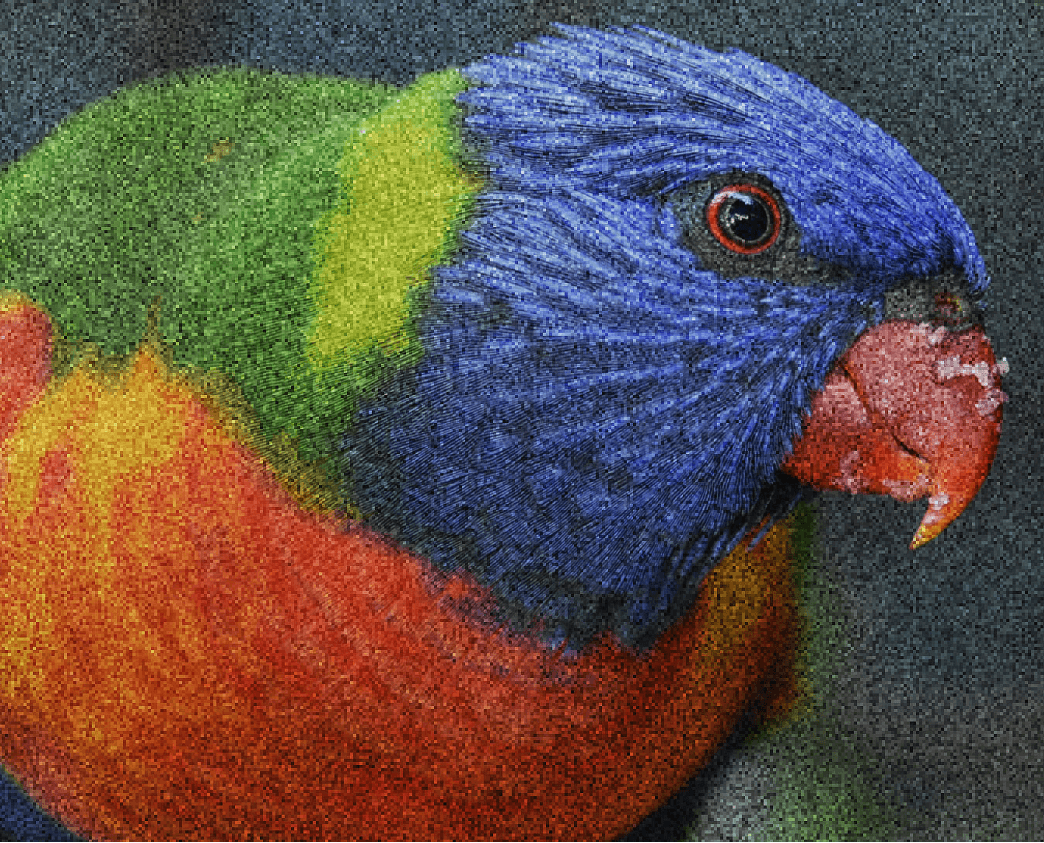
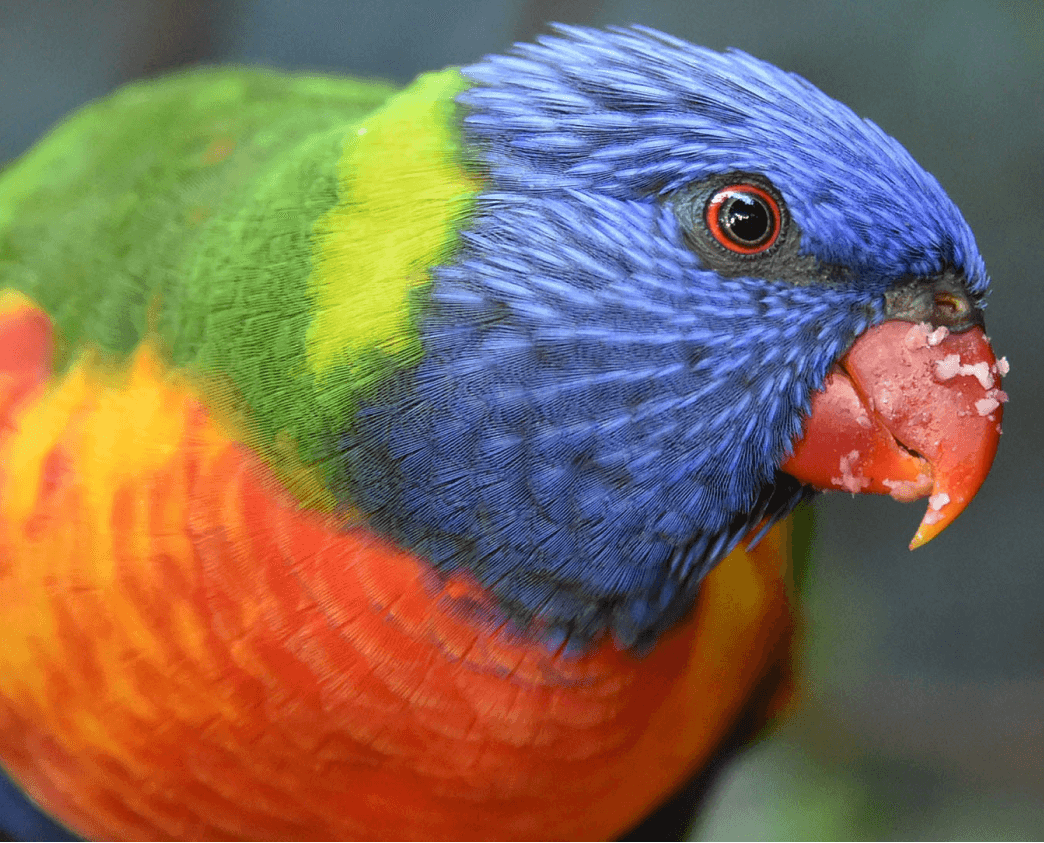
AI Denoising
Video denoising is a process used to reduce or eliminate unwanted noise from video footage, resulting in cleaner, clearer images. Noise can manifest as grainy textures, random speckles, or color distortions, often caused by low-light conditions, sensor limitations, or compression artifacts.


AI Deblocking
Video deblocking is a process used to reduce or eliminate blocky artifacts that occur in compressed video, particularly in low-bitrate settings. These artifacts appear as visible square blocks or grid patterns in areas of uniform color, typically caused by quantization during compression.
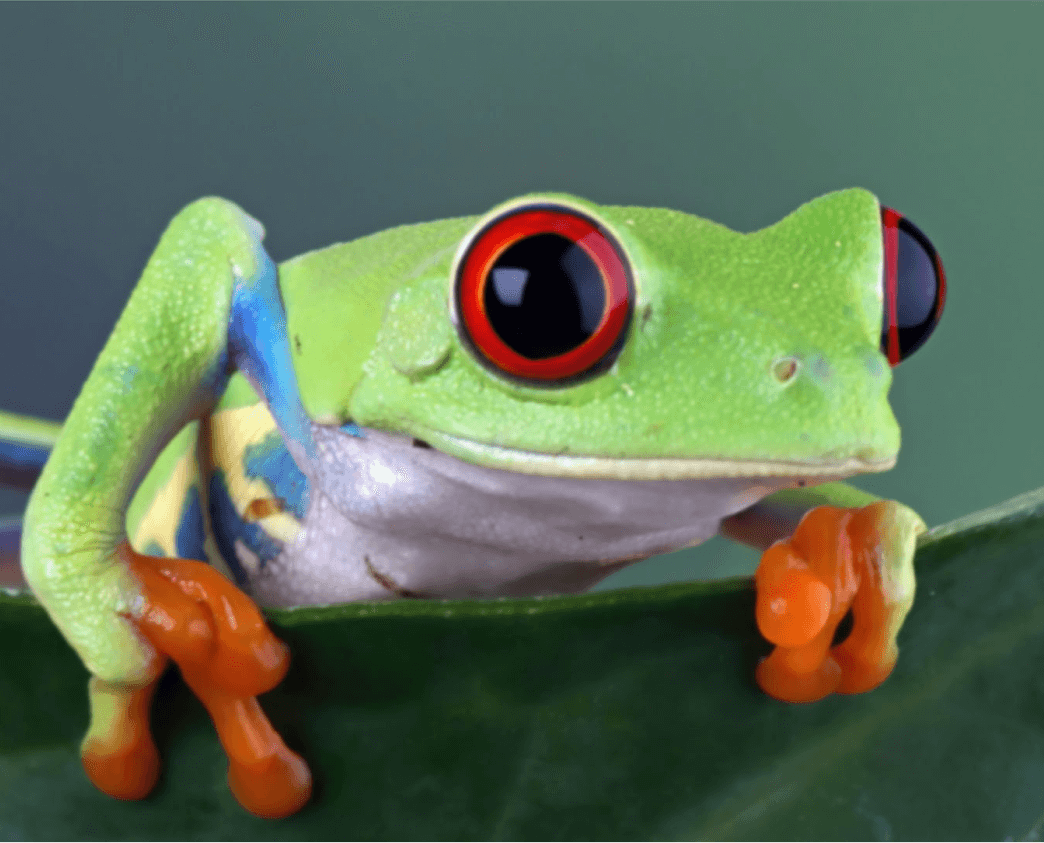
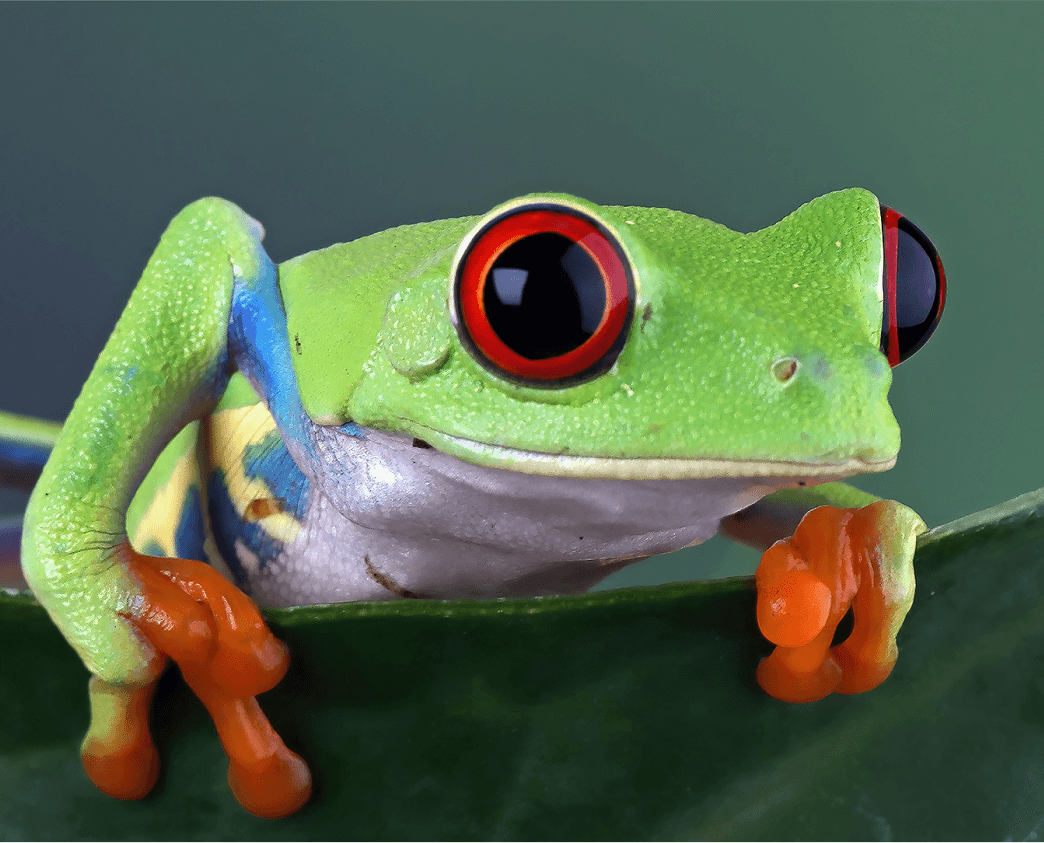
AI Sharpening
Video sharpening is a process used to enhance the clarity and detail of video content by increasing the contrast between adjacent pixels or edges within the image. The goal is to make the video appear crisper and more defined, particularly in areas where fine details are present or where the image may look blurry.


AI Super-Resolution
Video super-resolution (SR) is a technique used to enhance the resolution of video content, effectively transforming lower-resolution footage into higher-resolution versions. This process can improve the clarity and detail of videos, making them more visually appealing, especially when viewed on high-definition displays.
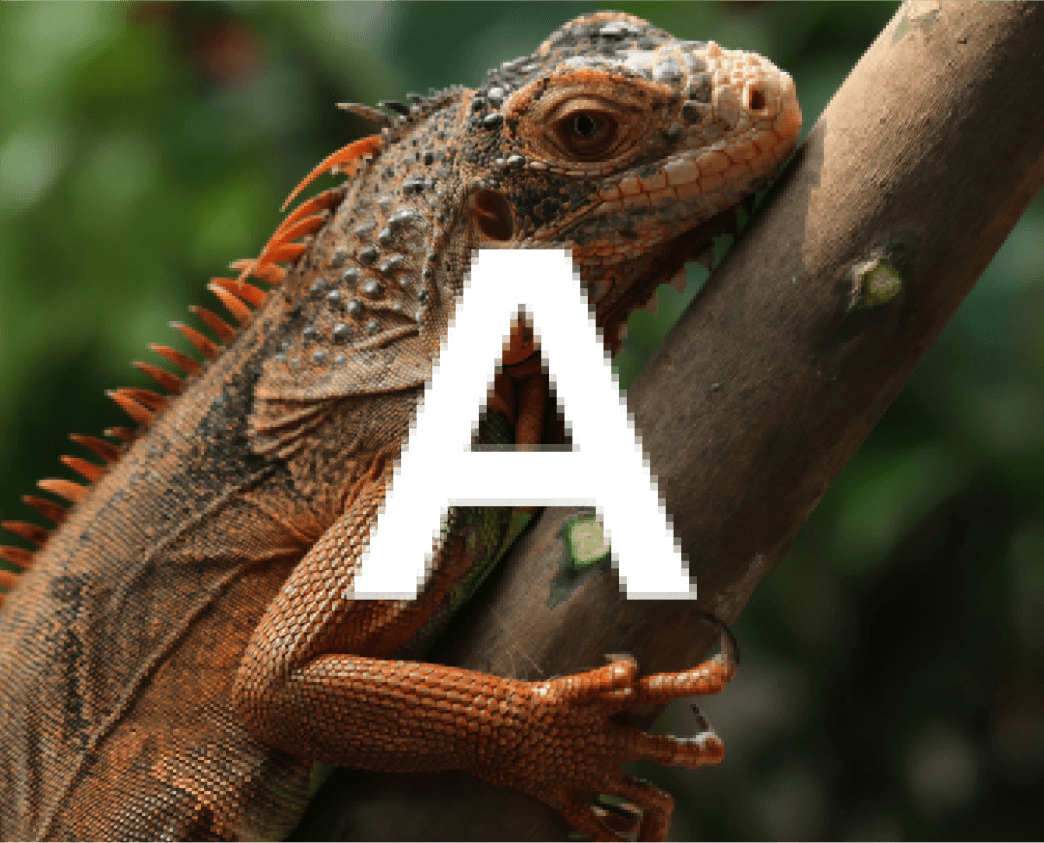

Anti-Aliasing
Anti-aliasing is a technique used in computer graphics to smooth out jagged edges that can appear in digital images, particularly along curved or diagonal lines. This jaggedness is known as aliasing and is caused by the limited resolution of the display or rendering system, where fine details can't be represented accurately, leading to a stair-step-like effect.
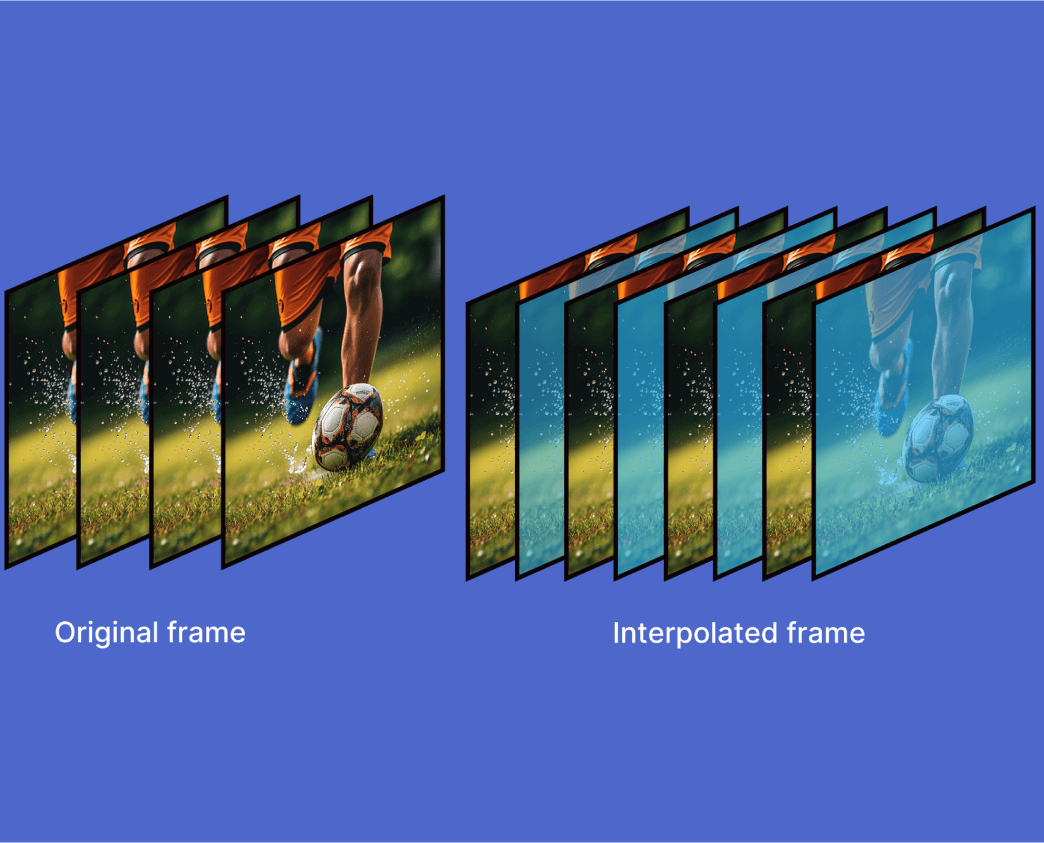
Motion Frame Smoothing
Video frame interpolation is a technique used to create intermediate frames between existing ones in a video sequence, effectively increasing the frame rate and smoothness of motion. This process is particularly useful for converting lower frame rate footage into higher frame rates, making it appear more fluid and reducing motion blur.
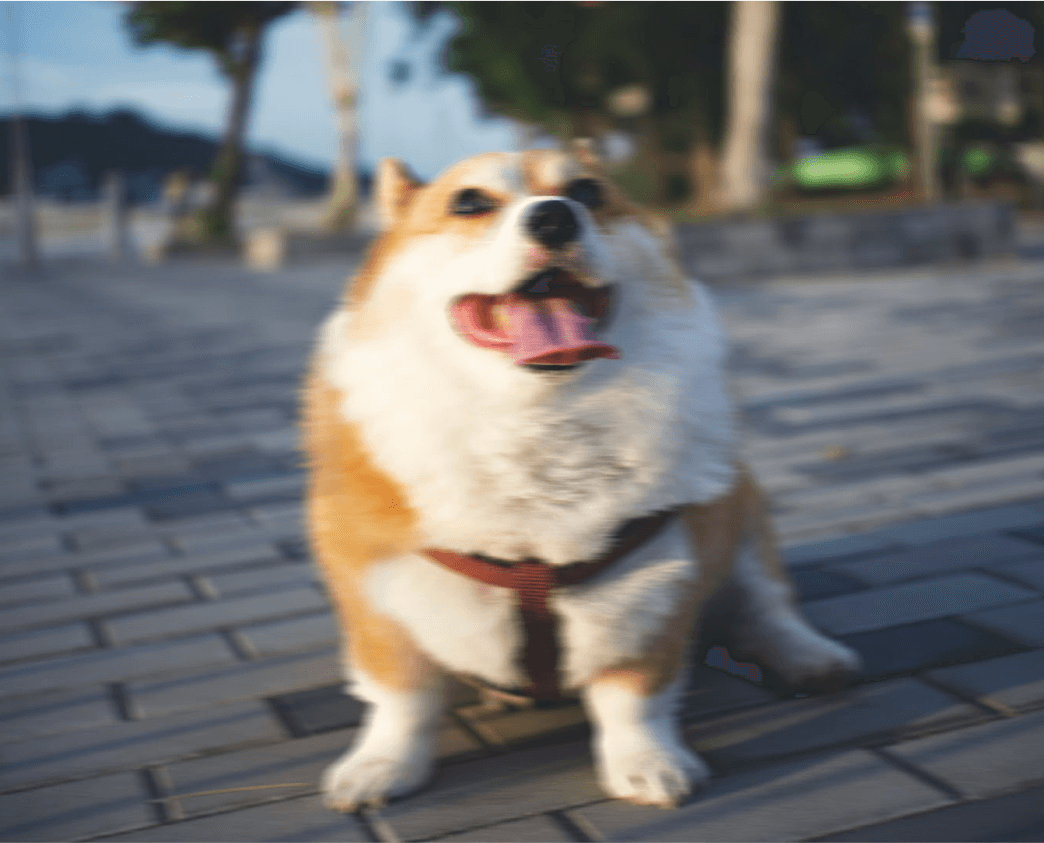

Motion Deblurring
Video deblurring is a process used to remove or reduce motion blur or defocus blur from video frames to improve visual quality. Motion blur often occurs due to fast camera movements or object motion, while defocus blur happens when the camera’s focus isn’t sharp


Dehazing
Video dehazing is a technique used to reduce or eliminate haze and fog effects in video footage, enhancing clarity and visibility. Haze can obscure details and diminish overall image quality, often caused by atmospheric conditions or low-light environments.
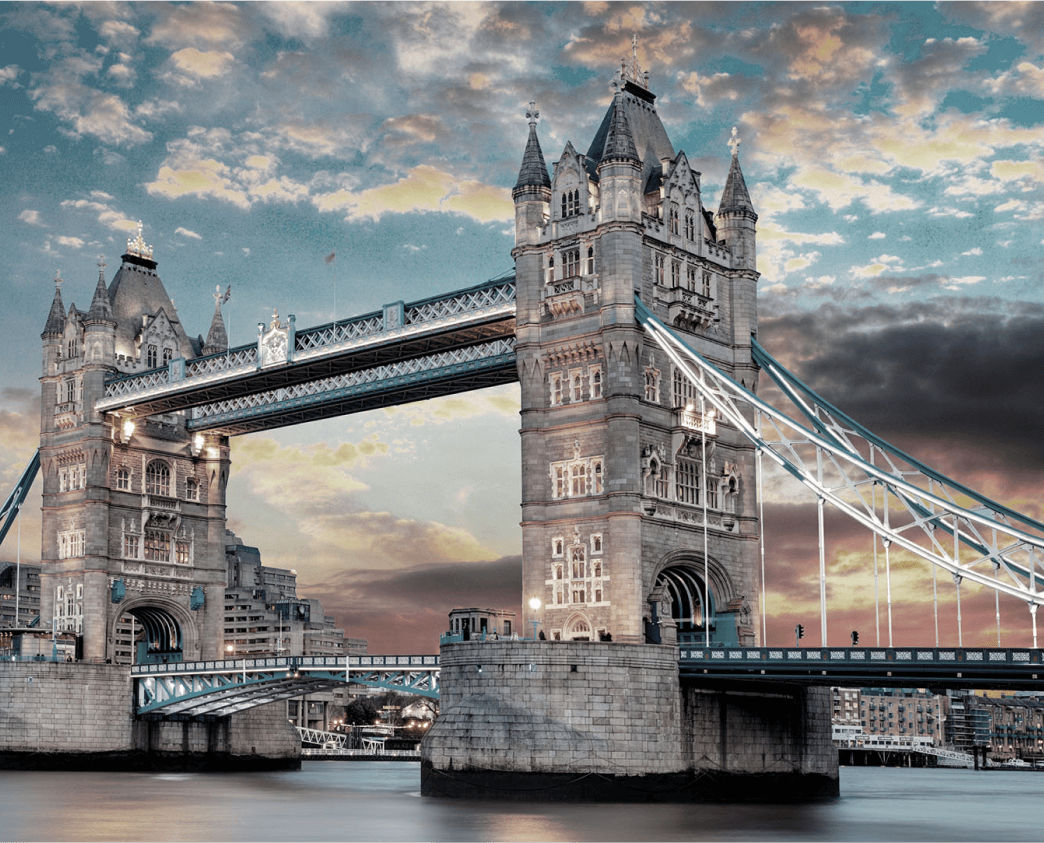
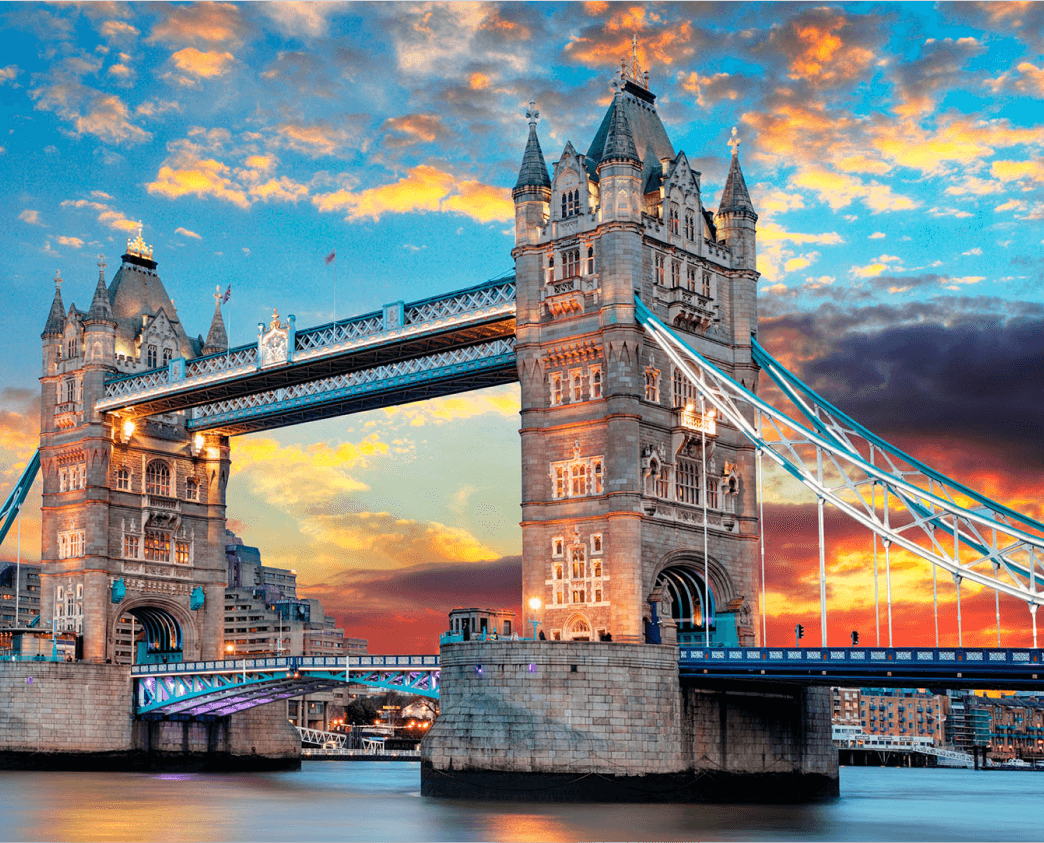
Color Enhancing
Video color enhancing is a technique used to improve the color quality and vibrancy of video footage. This process can involve adjusting brightness, contrast, saturation, and hue to create a more visually appealing image. Color enhancement is particularly useful for restoring faded colors, optimizing footage for specific displays, or achieving a particular artistic effect.


SDR to HDR
Enhances the contrast and color depth of an image or video, transforming it from a Standard Dynamic Range(SDR) to a High Dynamic Range(HDR), providing a more vivid and lifelike visual experience.
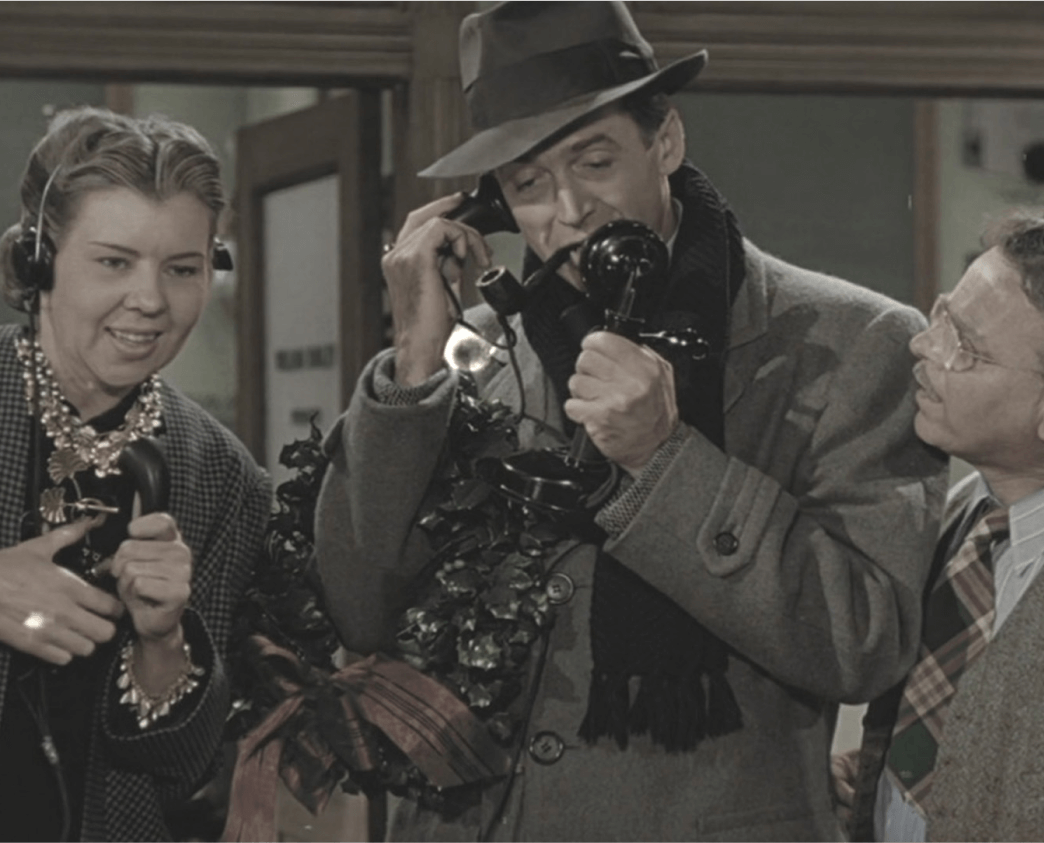
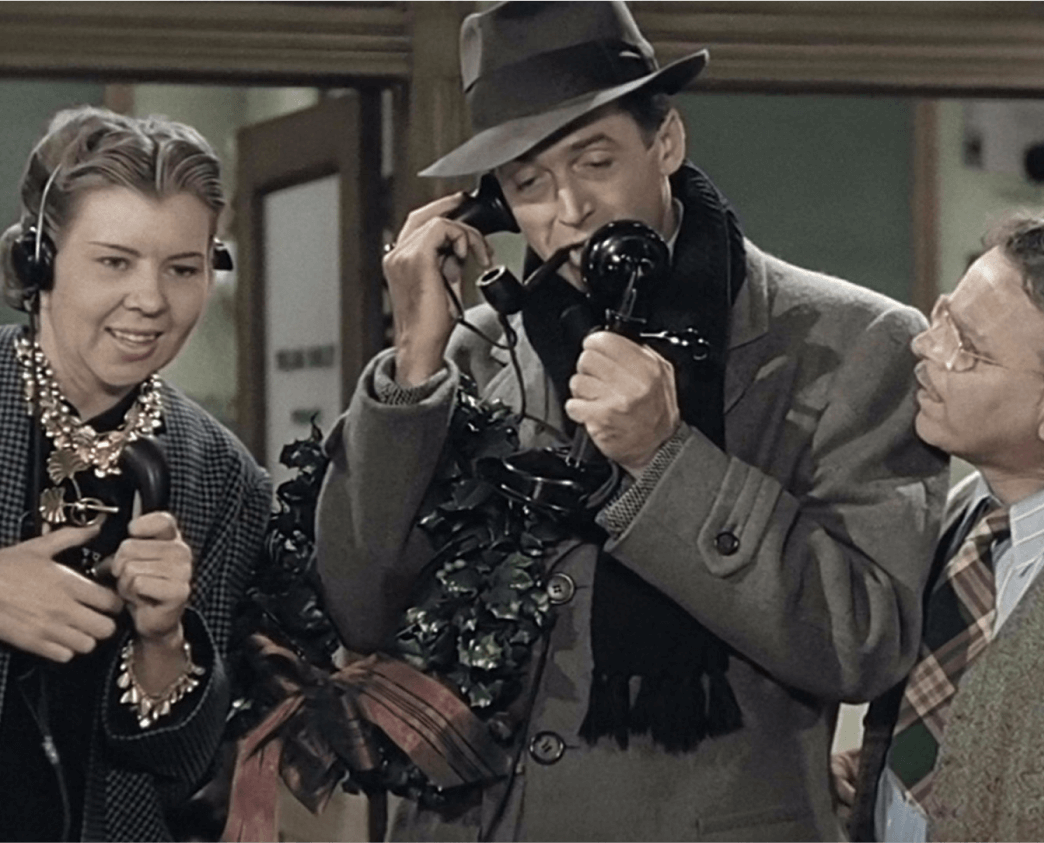
AI Video Restoration
Video restoration is the process of improving the quality of old or damaged video footage, making it more visually appealing and usable for modern viewing standards. This process can involve various techniques to repair, enhance, and preserve the original content, whether it’s from film, tape, or digital sources.
